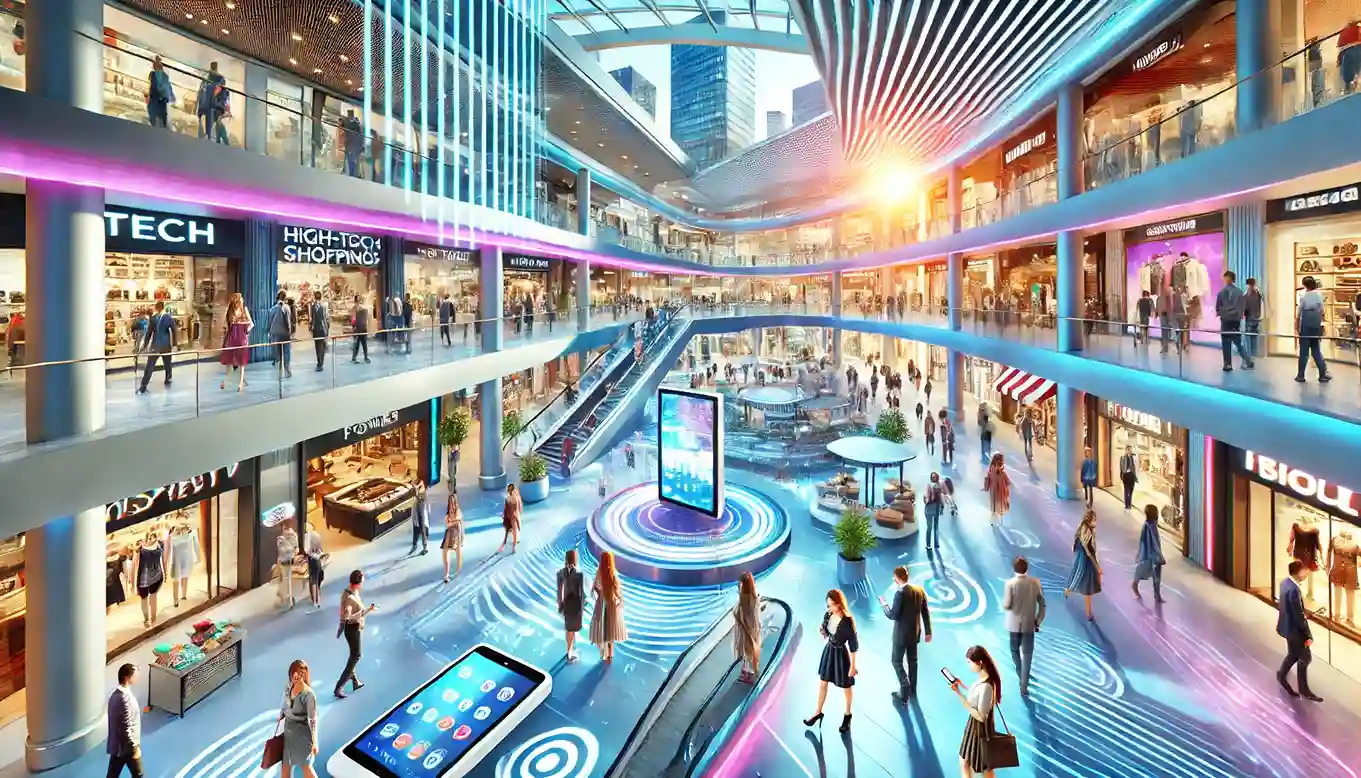Japan, known for its unique blend of tradition and modernity, has a dynamic retail landscape. Among the many retail avenues, department stores stand out as iconic symbols of consumer culture in the country. Let’s take a deep dive into the world of Japan’s nationwide department store sales, exploring various facets of this vibrant sector.
The Significance of Department Stores in Japan
Department stores, or “depato” as they are locally known, hold a special place in Japanese culture. These sprawling retail giants are more than just shopping destinations; they are social hubs where people gather, dine, and experience a slice of luxury. But what makes these stores so significant in Japan?

Cultural Importance
Japanese department stores are deeply intertwined with the nation’s cultural fabric. They often host traditional events, exhibitions, and seasonal festivals. Walking through a department store during New Year’s or Cherry Blossom season can be an enchanting experience, with elaborate decorations and special sales.
Economic Impact
Economically, these stores contribute significantly to Japan’s retail sector. They attract both local shoppers and international tourists, boosting sales and supporting numerous jobs. The economic footprint of these stores extends to suppliers, logistics, and even local artisans whose products often find a place on the shelves.
Historical Evolution of Department Stores in Japan
Understanding the present state of department store sales in Japan requires a glance back at their history. These retail giants have evolved considerably over the decades.
Early Beginnings
The origins of Japanese department stores can be traced back to the late 19th and early 20th centuries. Initially, these stores catered to the elite, offering imported goods and luxury items. They were a far cry from the inclusive shopping spaces they are today.
Post-War Boom
Post-World War II, Japan experienced an economic boom. This period saw the rapid expansion of department stores, with many iconic names establishing a strong presence. These stores began to diversify their offerings, catering to the growing middle class and becoming accessible to a broader audience.
Modern-Day Shopping Experience

Today, shopping at a Japanese department store is an experience in itself. From the moment you step in, you are greeted with unparalleled customer service and a wide array of products.
Customer Service
Japanese department stores are renowned for their impeccable customer service. The staff, known as “sales clerks,” go through extensive training to ensure every shopper has a pleasant experience. Whether it’s guiding you to the right section or offering product recommendations, their service is top-notch.
Product Range
The range of products available is astounding. From high-end fashion and cosmetics to household goods and gourmet foods, these stores have it all. The basement food halls, known as “depachika,” are particularly popular, offering a variety of delicacies and premium food items.
Sales Strategies and Seasonal Promotions
Sales strategies and seasonal promotions play a crucial role in driving traffic to department stores. These tactics are meticulously planned and executed.
Seasonal Sales
Seasonal sales are a major attraction. The New Year sales, known as “Fukubukuro” or “lucky bags,” are especially popular. Shoppers line up for hours to grab these mystery bags filled with products worth much more than their selling price.
Loyalty Programs

Loyalty programs are another effective strategy. Many department stores offer membership cards that provide exclusive discounts, points on purchases, and special event invitations. These programs help in building a loyal customer base and encouraging repeat visits.
Challenges Faced by Department Stores
Despite their popularity, Japanese department stores face several challenges in the modern retail landscape.
Economic Fluctuations
Economic fluctuations can significantly impact sales. Periods of economic downturn lead to reduced consumer spending, affecting the revenue of these stores. The COVID-19 pandemic is a recent example that severely hit the retail sector.
Competition from Online Retail
The rise of online retail is another formidable challenge. E-commerce platforms offer the convenience of shopping from home, often with competitive pricing. Department stores have had to innovate and adapt to stay relevant in this digital age.
Innovations and Adaptations
To counter these challenges, Japanese department stores have embraced innovation and adaptation.
E-commerce Integration
Many stores have integrated e-commerce platforms, offering online shopping options. They provide seamless online and offline experiences, allowing customers to browse products online and pick them up in-store or have them delivered.
Experiential Retail
Experiential retail is a growing trend. Department stores now offer unique experiences that cannot be replicated online. This includes in-store events, pop-up shops, and interactive displays. By creating memorable experiences, they aim to draw shoppers back into their stores.
Sustainability Initiatives

Sustainability is becoming increasingly important for consumers, and Japanese department stores are responding accordingly.
Eco-Friendly Practices
Stores are adopting eco-friendly practices, such as reducing plastic usage and offering sustainable products. Some have even introduced recycling programs and eco-friendly packaging options.
Corporate Social Responsibility
Corporate social responsibility (CSR) initiatives are also on the rise. Department stores are engaging in various CSR activities, from supporting local communities to participating in global sustainability efforts.
Impact of Tourism on Department Store Sales
Tourism plays a significant role in boosting department store sales in Japan.
Tourist-Friendly Services
Many stores offer services specifically designed for tourists, such as tax-free shopping, multilingual staff, and international shipping options. These services make shopping more convenient for overseas visitors.
Cultural Products
Tourists are often drawn to cultural products that reflect Japanese heritage. Department stores stock a variety of traditional items, such as kimono, tea sets, and artisanal crafts, which are popular among foreign shoppers.
Future Prospects of Department Store Sales

Looking ahead, what does the future hold for Japanese department stores?
Technological Advancements
Technological advancements will play a crucial role. From augmented reality (AR) fitting rooms to AI-driven customer service, technology will enhance the shopping experience and drive sales.
Adaptation to Changing Consumer Preferences
Adapting to changing consumer preferences is essential. The younger generation values experiences over material goods, and stores will need to cater to this shift by offering unique, engaging experiences.
Case Studies of Leading Department Stores
To illustrate the above points, let’s look at some leading department stores in Japan.
Mitsukoshi
Mitsukoshi, one of the oldest department stores in Japan, has consistently innovated to stay relevant. Its flagship store in Tokyo is a blend of tradition and modernity, offering a wide range of products and exceptional customer service.
Isetan
Isetan is another iconic name. Known for its fashion-forward offerings, Isetan attracts a younger, trend-conscious crowd. Its integration of technology and focus on experiential retail have set it apart in the competitive market.
Consumer Behavior Trends

Understanding consumer behavior is key to predicting future sales trends.
Preference for Quality
Japanese consumers have a strong preference for quality over quantity. They are willing to pay a premium for high-quality products, which is why luxury brands do exceptionally well in department stores.
Health and Wellness
There is a growing trend towards health and wellness. Products related to fitness, organic foods, and wellness are increasingly popular, and department stores are expanding their offerings in these categories.
Role of Marketing and Advertising
Effective marketing and advertising are crucial for driving sales.
Digital Marketing
Digital marketing has become a vital tool. Department stores are leveraging social media, influencer partnerships, and online advertising to reach a wider audience.
Traditional Advertising

Traditional advertising methods, such as TV commercials and print ads, still hold value. These methods help in maintaining brand visibility and reaching older demographics who may not be as active online.
Conclusion
Japanese department stores are a fascinating blend of tradition and modernity, offering a unique shopping experience that is hard to replicate. Despite facing challenges from economic fluctuations and online retail, they continue to innovate and adapt. With a focus on customer service, sustainability, and technological advancements, the future looks promising for these retail giants. As they continue to evolve, they will undoubtedly remain an integral part of Japan’s retail landscape.
FAQs
- What makes Japanese department stores unique?
Japanese department stores are known for their impeccable customer service, wide range of products, and cultural significance. They offer a unique shopping experience that blends tradition with modernity. - How do Japanese department stores attract tourists?
Many stores offer tax-free shopping, multilingual staff, and international shipping options. They also stock a variety of traditional items that appeal to tourists. - What are the major challenges faced by Japanese department stores?
Economic fluctuations and competition from online retail are major challenges. Department stores need to innovate and adapt to these changing conditions. - What role does technology play in Japanese department stores?
Technology enhances the shopping experience through innovations like AR fitting rooms and AI-driven customer service. It also helps in integrating online and offline shopping experiences. - How are Japanese department stores addressing sustainability?
They are adopting eco-friendly practices, such as reducing plastic usage and offering sustainable products. Many stores are also engaging in corporate social responsibility initiatives.
